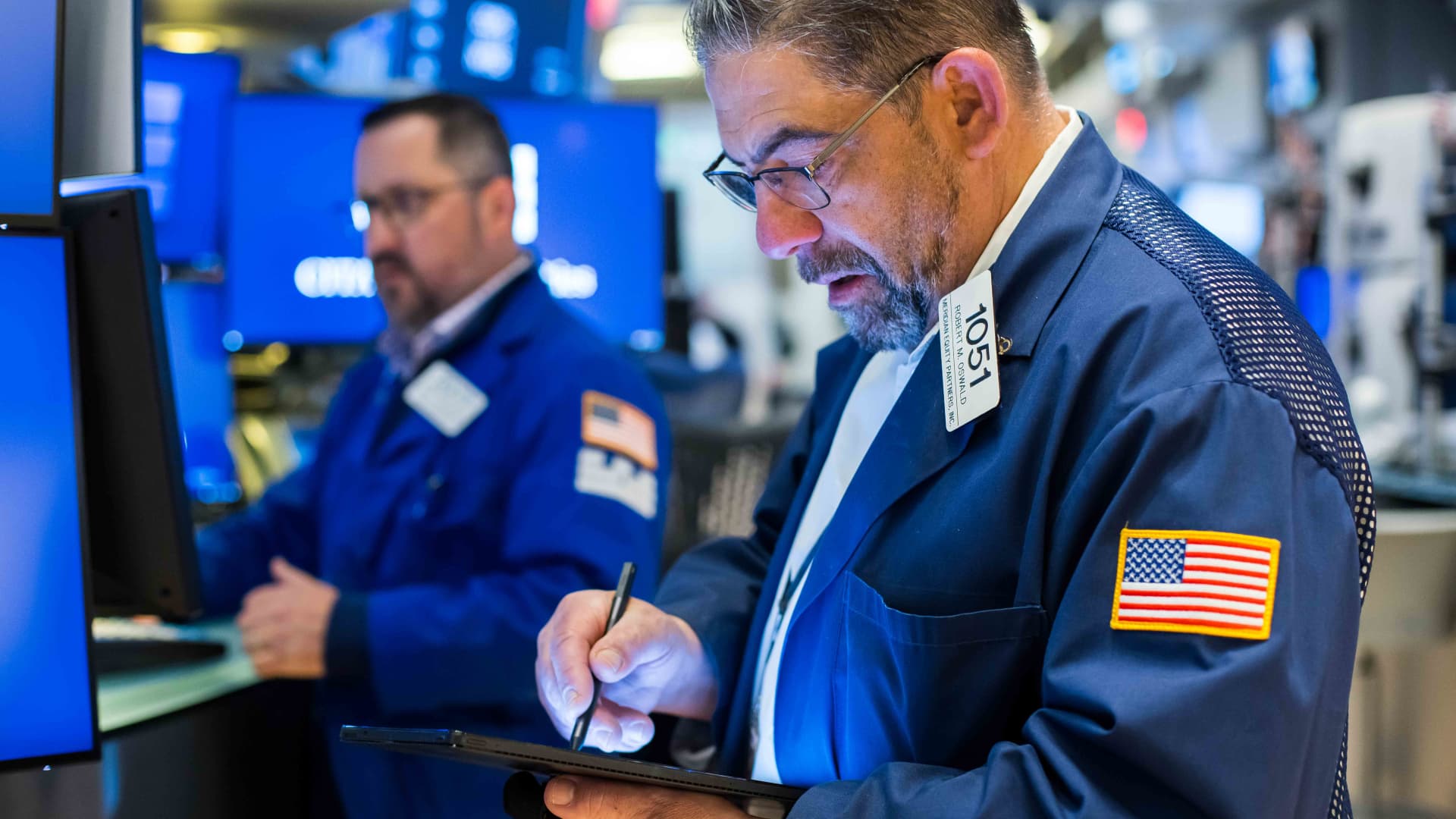The Current Market Landscape
The stock market has been experiencing a period of relative stagnation, with stock futures opening little changed on multiple occasions. This trend mirrors a broader sentiment of caution and anticipation among investors. As they await significant economic indicators and policy decisions, the market’s behavior reflects a mix of uncertainty and strategic positioning.
The Federal Reserve’s Pivotal Role
The Federal Reserve’s policy meetings are pivotal events that can significantly sway market behavior. Investors are particularly attuned to the Fed’s stance on interest rates. Changes in monetary policy can have profound effects on the economy and financial markets, leading to a period of uncertainty. Stock futures often show minimal movement as investors brace for the Fed’s decisions, highlighting the anticipation and caution prevalent in the market.
Economic Indicators and Market Sentiment
Economic indicators, such as inflation readings and employment data, are crucial in shaping market sentiment. The Fed’s preferred inflation reading, for instance, provides valuable insights into the economic health and potential policy shifts. The market’s reaction to these indicators can be swift and dramatic. Recent sessions have seen headlines pushing around a jumpy market, illustrating the sensitivity of investors to economic data.
The Trade Concerns Factor
Trade concerns, particularly those stemming from President Donald Trump’s tariff proposals, have added another layer of complexity to the market’s behavior. The uncertainty surrounding trade policies has led to increased volatility. Investors are weighing the potential impacts on various sectors, underscoring the interconnected nature of global economies and the importance of stable trade relations. The market’s sensitivity to trade-related news highlights the need for a comprehensive understanding of geopolitical factors.
Sector-Specific Performance Dynamics
While the overall market has shown little change, individual sectors have experienced varying levels of performance. For example, the technology sector, which includes Big Tech names, has seen significant sell-offs due to profit-taking and concerns over the Fed’s rate cuts. In contrast, other sectors may have shown resilience or even gains, reflecting the diverse nature of market dynamics. This sector-specific performance underscores the importance of granular analysis in understanding market trends.
The Dow Jones and S&P 500: Mixed Signals
The Dow Jones Industrial Average and the S&P 500 have both experienced fluctuations. The Dow fell for an eighth consecutive day ahead of a Fed meeting, while the S&P 500 managed to open higher on Monday, adding 0.25%. The Nasdaq Composite gained 0.54%, reflecting the market’s mixed sentiment and the ongoing search for direction. These movements highlight the complexity of the current market environment, where different indices and sectors are sending varied signals.
The Nasdaq Composite’s Resilience
The Nasdaq Composite has shown relative strength, notching another gain despite the broader market’s volatility. This performance can be attributed to the resilience of certain technology stocks and the sector’s ability to weather economic uncertainties. The Nasdaq’s gains underscore the importance of sector-specific analysis in understanding market trends and identifying opportunities amidst volatility.
The Role of Anticipation and Uncertainty
The current market environment is characterized by anticipation and uncertainty. Investors are navigating a landscape shaped by the Federal Reserve’s policy decisions, economic indicators, and trade concerns. While stock futures have shown little change, the underlying dynamics are complex and multifaceted. Understanding these factors is crucial for investors seeking to make informed decisions in a volatile market.
Embracing the Unknown
The market’s sensitivity to economic indicators and policy shifts underscores the need for a nuanced approach to investing. By closely monitoring these factors and staying informed, investors can better position themselves to capitalize on opportunities and mitigate risks. As the market continues to evolve, embracing the unknown and adapting to changing conditions will be key to navigating the uncertainties ahead.
Conclusion: Strategic Navigation in a Volatile Market
The current market landscape is one of cautious optimism and strategic positioning. Investors are faced with a multitude of factors, including the Federal Reserve’s policy decisions, economic indicators, and trade concerns. While the market has shown little change on the surface, the underlying dynamics are intricate and multifaceted. To navigate this environment successfully, investors must embrace the unknown, stay informed, and adapt to changing conditions. By doing so, they can position themselves to capitalize on opportunities and mitigate risks, ensuring long-term success in a volatile market.

